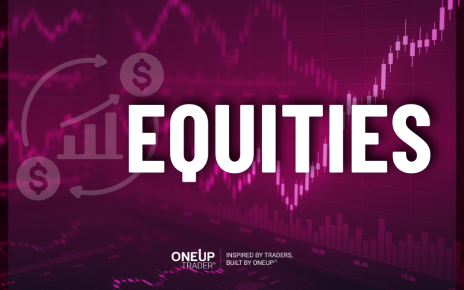- 17 of 19 Fed officials projected lower interest rates by the end of 2024.
- Markets are pricing in a 77% likelihood of a Fed rate cut in March.
- US retail sales rose in November, easing concerns of a recession.
On Thursday, gold prices reached a 10-day high after the Fed indicated that it was done with rate hikes and looking at the possibility of rate cuts. The Fed’s dovish shift, communicated during Wednesday’s FOMC meeting, led to expectations of more aggressive rate cuts. The market responded positively, boosting gold prices. Demand for gold went up, sustaining the rally to new highs.
At the same time, lower rates reduce the opportunity cost of holding non-yielding bullion, putting downward pressure on the dollar. Consequently, the dollar hit a four-month low, and the US benchmark 10-year yield fell to its lowest level since late July.
After the third consecutive meeting where the central bank maintained interest rates, 17 of 19 Fed officials projected lower interest rates by the end of 2024. Currently, markets are pricing in a 77% likelihood of a rate cut in March.
Meanwhile, the European Central Bank kept interest rates unchanged on Thursday.
US retail sales ( Source: US Commerce Department)
However, US retail sales rose in November, signaling a good start to the holiday season and easing recession concerns. The Commerce Department’s report on Thursday highlighted consumer resilience due to a strong labor market. This contradicts market expectations of an early rate cut in March.
The Fed’s response to rate cuts depends on economic activity and inflation trends. Therefore, robust economic data means a slower start to rate cuts. Retail sales increased by 0.3% in November after a 0.2% decline in October. Additionally, data revealed a 19,000 drop in initial claims for state unemployment benefits, showing strength in the labor market.
On Wednesday, gold prices surged over 1% following the US Federal Reserve’s dovish meeting. Fed Chair Jerome Powell mentioned that inflation had eased without a significant increase in unemployment, and the full impact of the tightening measures may not have been fully realized yet.
Notably, US producer prices remained unchanged in November, suggesting a continued decline in wholesale. Over the 12 months through November, the Producer Price Index increased by 0.9%, slightly decelerating from the 1.2% growth in October. This report came after Tuesday’s data revealed a marginal increase in consumer prices in November.


